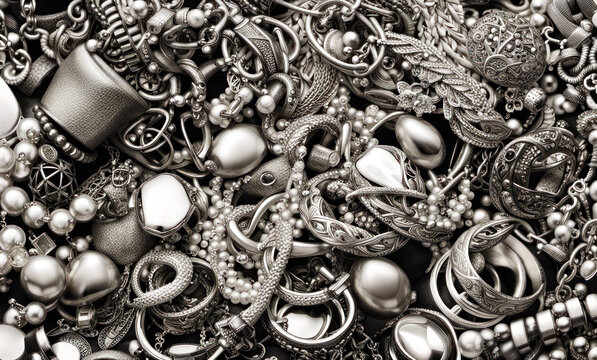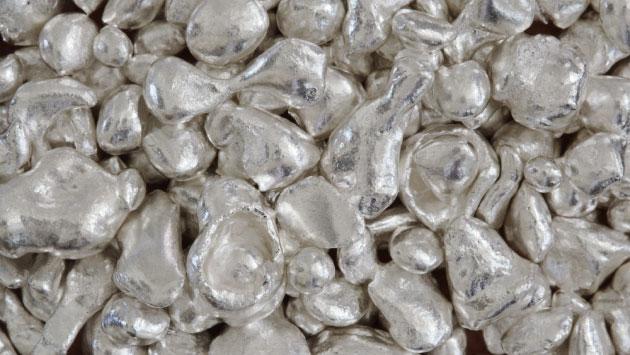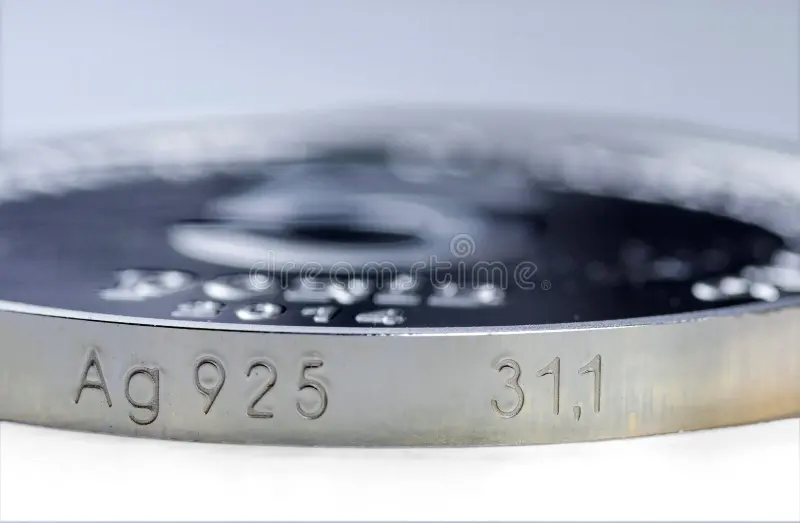Difference and Comparison of Silver Purity: .999 vs .9999
The purity of silver is a critical factor in its application, especially in medical contexts. Two of the most common grades are .999 and .9999, each with specific characteristics and uses that make them suitable for different purposes.
Purity Levels:
Silver .999 (99.9%)
- Composition: Contains 99.9% pure silver and 0.1% of other metals.
- Uses: Frequently used in jewelry and silverware.
- Properties: Very pure, but the small amount of other metals can affect its hardness and susceptibility to tarnishing.
Silver .9999 (99.99%)
- Composition: Contains 99.99% pure silver, with only 0.01% of other elements.
- Uses: Preferred for applications that require high standards, such as medical-grade colloidal silver.
- Properties: Its high purity reduces contaminants, making it safer and more effective for therapeutic uses.
Importance in Medical Applications:
Safety: The extreme purity of .9999 silver minimizes risks associated with contaminants, which is essential for medical products.
Efficacy: In products like colloidal silver, the higher purity translates to smaller particles that enhance absorption in the body, maximizing health benefits.
Regulatory Compliance: The use of .9999 silver facilitates adherence to strict regulations in the health sector, ensuring product quality.
Economic Considerations
While .9999 silver is often more expensive due to its refining process, this investment can be justified by the increased safety and effectiveness it provides, particularly in medical applications.
Conclusion
The choice between silver .999 and .9999 will depend on the intended use. For medical applications and health products, .9999 silver is the most recommended option due to its exceptional purity and associated benefits. Understanding these differences allows consumers to make informed decisions about the use of silver in their products.










